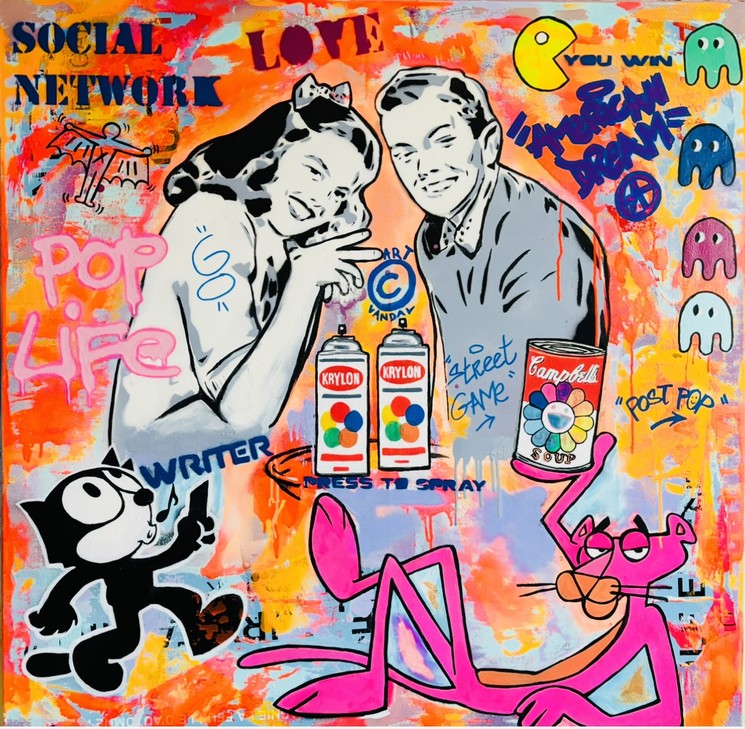Rise by Six: Your Daily Dose of Inspiration
Explore insights and stories that elevate your day.
Pop Culture's Strange Obsession with Nostalgia
Uncover why pop culture can't escape nostalgia! Explore the bizarre obsession that keeps us longing for the past. Dive in now!
Why Are We So Obsessed with Nostalgia in Pop Culture?
Nostalgia has become a prominent force in contemporary pop culture, influencing everything from film and television to music and fashion. This longing for the past can be attributed to several factors, including a desire for simplicity and comfort amid the complexities of modern life. As society grapples with rapid technological advancements and pervasive uncertainty, revisiting familiar cultural touchstones offers a sense of solace. People find themselves drawn to the aesthetics and values of bygone eras, often romanticized for their perceived innocence and stability.
The obsession with nostalgia is also reflected in the cyclical nature of trends, with vintage styles and classic media formats making major comebacks. This phenomena is not merely a passive appreciation for the past; rather, it serves as a collective coping mechanism. By embracing nostalgia, individuals can forge connections with their personal histories and communal experiences. Moreover, the explosion of social media has allowed for the rapid sharing of nostalgic content, helping it to become a powerful unifying force and a tool for reinvention in pop culture.

The Cycle of Nostalgia: How the Past Shapes Modern Trends
The concept of nostalgia plays a crucial role in shaping modern trends, as people often look to the past for inspiration and reassurance. This cycle of nostalgia is evident in various aspects of our lives, from fashion to technology. For example, vintage clothing styles and retro designs frequently resurface, appealing to consumers who long for the simplicity and charm of previous decades. This revival isn't just about aesthetics; it also taps into a deeper emotional connection, allowing individuals to relive cherished memories and experiences.
Moreover, the cycle of nostalgia influences contemporary entertainment, with film and television often revisiting classic themes and storylines. Remakes and reboots flood our screens, reflecting society's desire to revisit favored narratives while injecting modern sensibilities. Additionally, this trend can also be seen in social media, where users share throwback photos and retro-inspired content, fostering a sense of community through shared memories. As trends continue to evolve, the past remains a powerful source of inspiration, shaping the way we express ourselves today.
Exploring Nostalgia: What Makes Vintage Aesthetic So Appealing?
The vintage aesthetic has captivated many, drawing individuals back to a time that feels both familiar and comforting. This phenomenon can be traced to the innate human desire for connection to the past, as it evokes feelings of nostalgia. Vintage items, be it in fashion, decor, or music, often remind us of simpler days and cherished memories, creating a sense of warmth and authenticity in our fast-paced, modern world. The tactile nature of vintage objects—be it the texture of a well-worn fabric or the unique scent of aged wood—can transport us back to those blissful moments.
Furthermore, the allure of the vintage aesthetic lies in its ability to tell a story. Each piece carries with it a history, whether it's an old vinyl record that once played at a gathering or a classic film that became a family favorite. Vintage style encourages individuality and creativity, promoting a culture of upcycling and sustainability. As a result, people are increasingly drawn to vintage finds not just for their aesthetic value, but for the deeper connections and narratives they offer, creating a beautifully layered tapestry of personal and collective history.